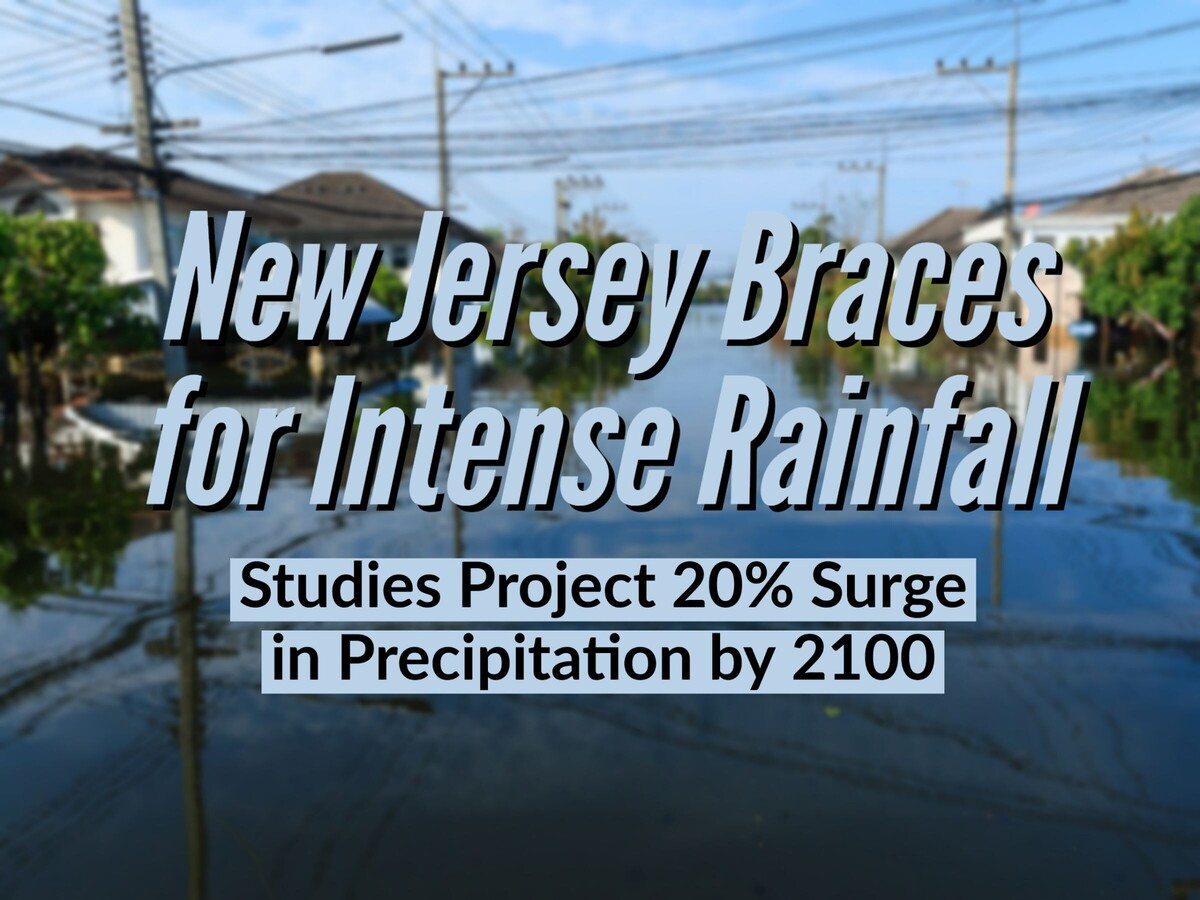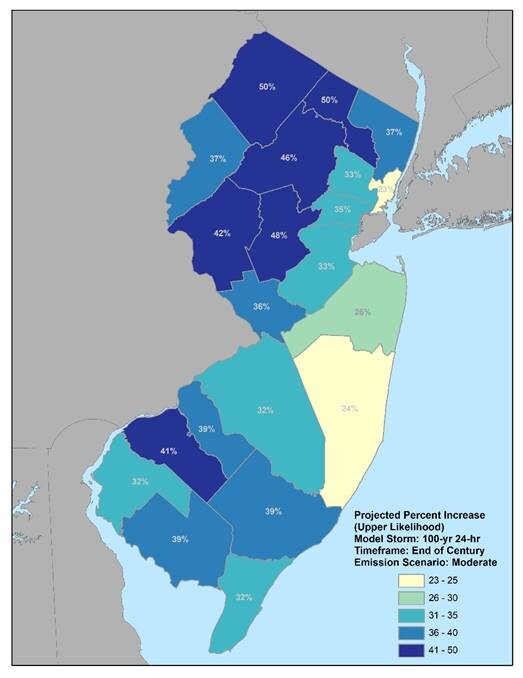Image


New research conducted by the Northeast Regional Climate Center, a partner of the National Oceanic and Atmospheric Administration (NOAA), has confirmed that the precipitation levels in New Jersey have risen by as much as 10% over the last 20 years. Moreover, the report predicts that the intensity of rainfall in the state will further increase throughout this century. The report reveals that New Jersey's precipitation baseline, which was established in 1999, doesn't accurately reflect the current precipitation conditions, and as a result, the state's policies, planning, and development criteria will need to be reevaluated.
The two reports were conducted by Dr. Arthur DeGaetano, a professor of Earth and Atmospheric Sciences at Cornell University and the director of the Northeast Regional Climate Center. His reports were reviewed by the DEP Science Advisory Board's standing committee for Climate and Atmospheric Sciences. This research provides an important scientific basis for the ongoing development of the state's NJPACT (Protecting Against Climate Threats) and NJREAL (Resilient Environments and Landscapes) initiatives, as directed by Governor Murphy's Executive Order 100.
 The accompanying map shows, by county, the upper range of how much additional rainfall may occur during a 24-hour period of a 100-year storm under a moderate warming scenario.
The accompanying map shows, by county, the upper range of how much additional rainfall may occur during a 24-hour period of a 100-year storm under a moderate warming scenario.The reports revealed that the expected rainfall levels will depend on the level of warming that occurs, with projections showing that the northern regions of the state will see a greater increase than the southern and coastal areas. The research shows that some of the most substantial increases will be in some northwestern counties, which could see a rise of up to 50% by the end of the century. The research is essential in understanding the state's ongoing flood risk and strengthening the design of New Jersey's stormwater infrastructure.
As a result of the research, the current NOAA Atlas 14 used to plan and design infrastructure has been updated to include data that covers the past two decades. The updated Atlas 14 is expected to help governments, communities, and businesses improve their resilience and develop long-term plans that reflect the current rainfall intensity conditions.
The data from this report clearly shows that the precipitation levels in New Jersey have risen considerably over the past 20 years and that the trend is set to continue throughout the century. The report provides a vital scientific basis for developing plans and policies that reflect the current rainfall intensity conditions. The report serves as a warning that climate change is already impacting the state, and urgent action needs to be taken to build greater climate resilience.